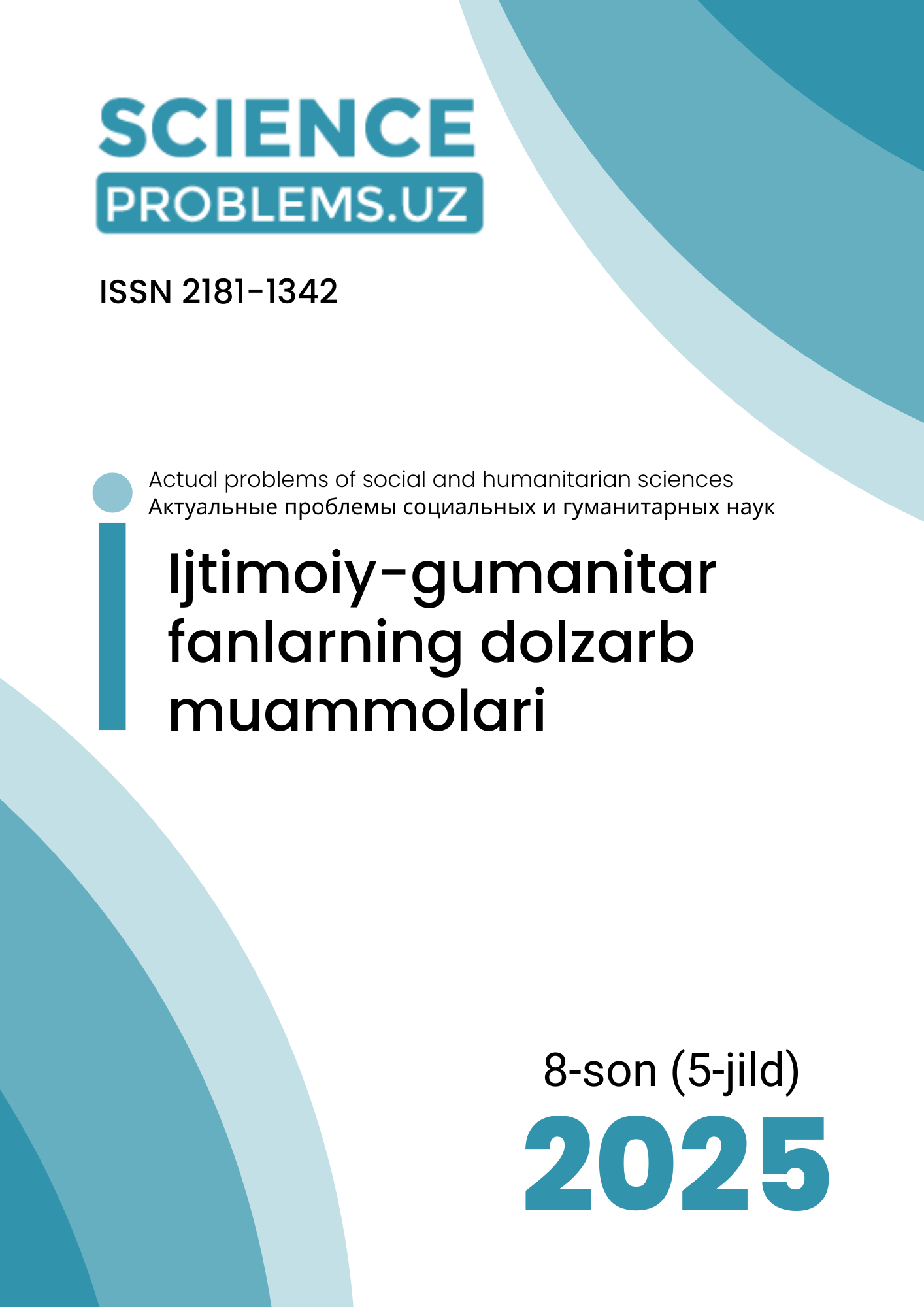CHALLENGES AND INNOVATIONS IN SIMULTANEOUS INTERPRETER TRAINING IN CHINESE UNIVERSITIES: THE ROLE OF TECHNOLOGY IN MODERN PEDAGOGY
DOI:
https://doi.org/10.47390/SPR1342V5I8Y2025N30Keywords:
simultaneous interpreting, interpreter training, China, interpreting pedagogy, interpreting technology, MTI programs, virtual interpreting, AI in education.Abstract
This article explores the current challenges and emerging innovations in simultaneous interpreter training within Chinese universities, with a particular focus on the role of technology in modern pedagogy. While the demand for professional simultaneous interpreters in China continues to rise, interpreter education programs often struggle with issues such as a shortage of experienced trainers, a disconnect between theory and practice, and unequal access to technological infrastructure. Recent advancements, including the use of interpreting labs, virtual platforms, AI-assisted feedback tools, and multimedia resources, are beginning to transform interpreter education by offering more practical, flexible, and scalable training opportunities. Drawing on existing literature and case examples from leading institutions, the article argues that the integration of technology offers promising solutions but must be supported by institutional reform and instructor training to ensure long-term effectiveness. The findings highlight the need for continued investment in both pedagogy and infrastructure to prepare future interpreters for the complexities of real-world multilingual communication.
References
1. Chen H. Methodological issues in Chinese simultaneous interpreting research // Studies in Translation and Interpreting. – 2020. – Vol. 8, No. 2. – P. 41–50.
2. Fang L. Academic writing problems in Chinese interpreting research // Journal of Translation and Interpreting. – 2018. – Vol. 6, No. 1. – P. 53–60.
3. Gao F. Interdisciplinary approaches in interpreting research in China // Cognitive Linguistics Review. – 2021. – Vol. 7, No. 1. – P. 110–125.
4. Gile D. Basic Concepts and Models for Interpreter and Translator Training. – Amsterdam: John Benjamins, 1995.
5. He T. Corpus-based training in Chinese interpreter education // Applied Linguistics. – 2020. – Vol. 36, No. 1. – P. 58–65.
6. Li J. Technology adoption in interpreter education in China // Language Learning & Technology. – 2021. – Vol. 25, No. 2. – P. 90–98.
7. Liu X. AI and virtual platforms in Chinese interpreter training // Language & Technology Review. – 2022. – Vol. 14, No. 2. – P. 65–75.
8. Lu X. Research on simultaneous interpreting in China: Status quo and future directions // Chinese Translators Journal. – 2021. – Vol. 42, No. 2. – P. 115–121.
9. Pöchhacker F. Introducing Interpreting Studies. 2nd ed. – London: Routledge, 2016.
10. Sun Y. Emerging topics in Chinese simultaneous interpreting research // Journal of Language and Cognition. – 2019. – Vol. 5, No. 2. – P. 95–105.
11. Wang M. Curriculum design challenges in Chinese MTI programs // Translation Education Review. – 2019. – Vol. 7, No. 1. – P. 54–59.
12. Xu L. Interpreting labs and technology integration in China // Interpreter Education. – 2020. – Vol. 4, No. 3. – P. 78–85.
13. Xu Y. A review of Chinese research on simultaneous interpreting // Translation Quarterly. – 2017. – No. 15. – P. 22–27.
14. Zhang W. The development and challenges of interpreting studies in China // Interpreting Studies. – 2011. – Vol. 13, No. 1. – P. 77–85.
15. Zhang Y. Cognitive load in interpreter training: A Chinese perspective // Interpreting Studies Journal. – 2017. – Vol. 9, No. 1. – P. 140–147.
16. Zhao Q. Current challenges in interpreter training in Chinese universities // Modern Language Journal. – 2019. – Vol. 15, No. 3. – P. 77–84.
17. Zhou X. Research trends and gaps in simultaneous interpreting in China // Translation Research. – 2018. – Vol. 12, No. 4. – P. 100–115.
18. Zhu W. The gap between theory and practice in Chinese interpreter training // Translator’s Journal. – 2022. – Vol. 21, No. 3. – P. 15–30.








